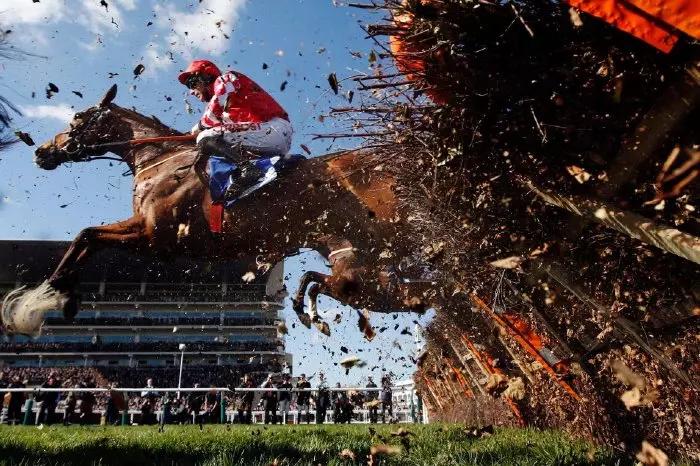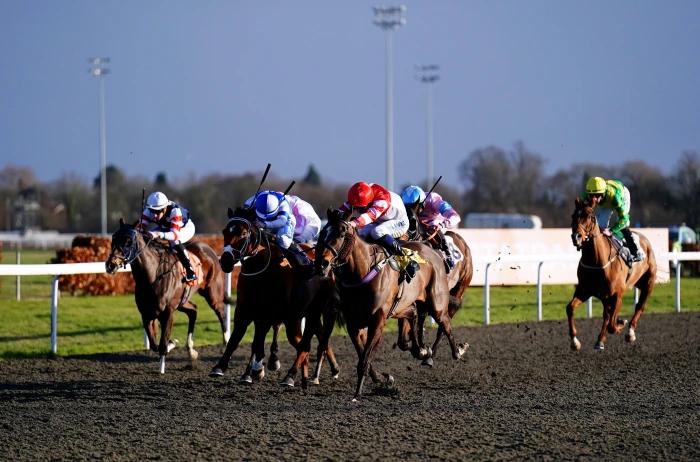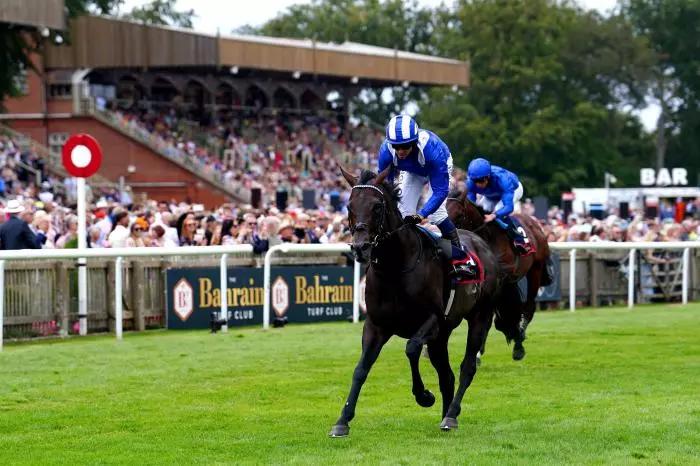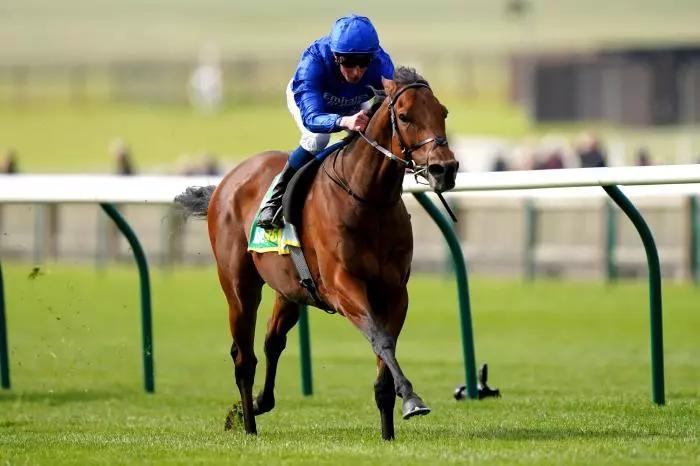Belmont Stakes Legends: Man o’ War
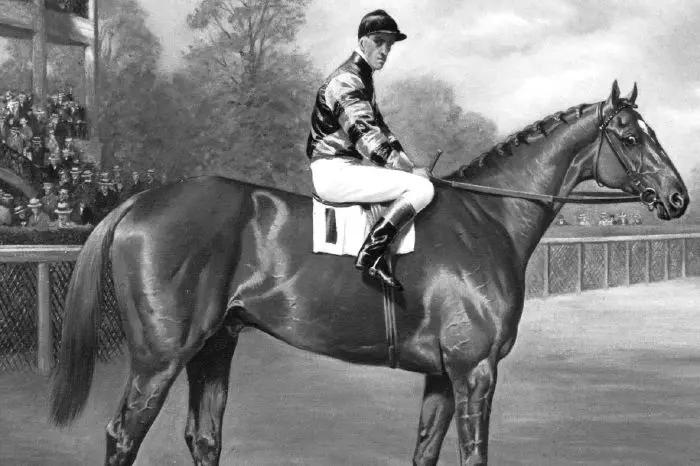
Man o' War was one of the standout sporting performers in 1920, winning both the Preakness Stakes and Belmont Stakes, the latter in a world record time.
At the end of World War I in the United States, sports stars were crucial in cutting through the gloom of economic recession. And one of the greatest wasn’t human, but equine - Man o’ War.
This big wonder-horse boosted both morale and the bank balances of his backers by winning 20 out of 21 races, culminating in a record breaking victory in the 1920 Belmont Stakes.
Man o’ War, the chestnut horse with the dipped back, would often throw off his work riders in his early days, showing power that would later be directed by his trainer Louis Feustel into devastating wins, including two legs of the American Triple Crown. Man o’ War also won the Lawrence Realization Stakes at Belmont Park by an astonishing 100 lengths.
Man o’ War never raced in the Kentucky Derby, giving this classy mount a more special connection with Belmont Park. Indeed, it seemed the horse with the star on his forehead was almost destined to win the Belmont Stakes, considering he was bred by August Belmont Jr., whose father the race is named after.
The horse’s war connections were real, being named for August Belmont Jr. by his wife Eleanor while he was serving in France in the Great War. At 64 years of age, August volunteering for the US military was noteworthy and he became one of the oldest serving officers in the conflict.
Belmont’s Jr.'s life was one of varied achievements, not least the financing of the original New York Subway, but it was on the racetrack, via the breeding of the great Man o’ War, where he made one of his greatest contributions to post-war America.
Man o’ War was sold to textile manufacturer Samuel D. Riddle after Belmont Jr. decided to dispense with his racing stable during WWI. The purchase price for Man o’ War was $5,000, a reasonable price in times of conflict, but soon to become an absolute steal.
Making hay in the New York racing scene, Man o’ War won various Big Apple races in his debut two-year-old season including the Keene Memorial Stakes at Belmont Park, the Youthful Stakes at Jamaica Race Course, the Hudson Stakes at Aqueduct and the United States Hotel Stakes at Saratoga Race Course.
In the latter race, Man o’ War dispatched a decent colt called Upset but the two were to meet again in more controversial circumstances in the Sanford Memorial Stakes at Saratoga.
There is still debate about whether the horse called Upset is the root of the sporting phrase describing when a favorite gets turned over, but there is little doubt that Upset’s win in the Sanford on August 13, 1919, added to its weight.
In a muddled start before the use of starting gates, Man o’ War recovered from facing the wrong way in the opening to advance on the fortunate Upset but lost out by a neck.
Man o’ War had lost for the only time in his career but there was no doubt who the brighter star was. He reversed the placings with Upset in the 1920 Preakness Stakes in an eye-catching start to his three-year-old season, winning by one and a half lengths. Riddle had bypassed the Kentucky Derby, wanting to keep some freshness in his star horse’s legs, with the ultimate target being the 1920 Belmont Stakes. This denied Man o’ War what would become known as the American Triple Crown but did little to harm appraisals of his quality.
Such was Man o’ War’s reputation that only one competitor, Donnaconna, lined up against him in the Belmont Stakes on June 12, 1920. Even if there had been 20 rivals in the grand race at Belmont Park, it would have mattered little as Man o’ War set a world record time of 2:14.2 for a race over one mile and three eighths.
Just one challenge remained for Man o’ War, a one-on-one match race against 1919 Triple Crown winner Sir Barton. The fact that Man o’ War won this face-off in Windsor, Canada, on October 12, 1920, without breaking sweat secured his legacy as one of the greatest ever American racehorses. The event was so highly anticipated, it was the first horse race to be filmed in its entirety, with the footage being shown later in cinemas.
In its summary of the sporting year of 1920, the New York Times paid tribute to the impact of Man o’ War in a country still adjusting to peace.
They wrote: “A superman [Babe Ruth] and a superhorse - these were sport's greatest contributions to the history of the year about to close. Some might rate the superhorse, Man o' War, as the outstanding figure of the two, for he has passed on from the field of competition and has left a story of achievement which may never be surpassed.”
Upon retiring to stud, Man o’ War was no less prolific, siring the 1937 Triple Crown winner War Admiral and being grandsire to the legendary Seabiscuit. Visiting Man o’ War in his retirement in Lexington, Kentucky, became a major tourist attraction, with the horse said to have welcomed over 1.5 million visitors in his later years.
Man o’ War died aged 30 in 1947 and his funeral was one fit for a national sporting hero. He was laid out in state in a large coffin and various people paid their respects in a service transmitted across the US on NBC radio.
The horse was named number one in Blood-Horse magazine’s list of the greatest US Thoroughbred champions of the 20th century, while Barbara Livingston wrote in the Daily Racing Form: “Man o’ War looked as if his entire life’s performance was accompanied by the sound of trumpets.”
This was a horse that captured the imagination of a post-war nation and his class was stamped in the Belmont Stakes.
